Wheelchair sensors can cost $10,000. Here’s how Northeastern engineering students built a better version — for $87
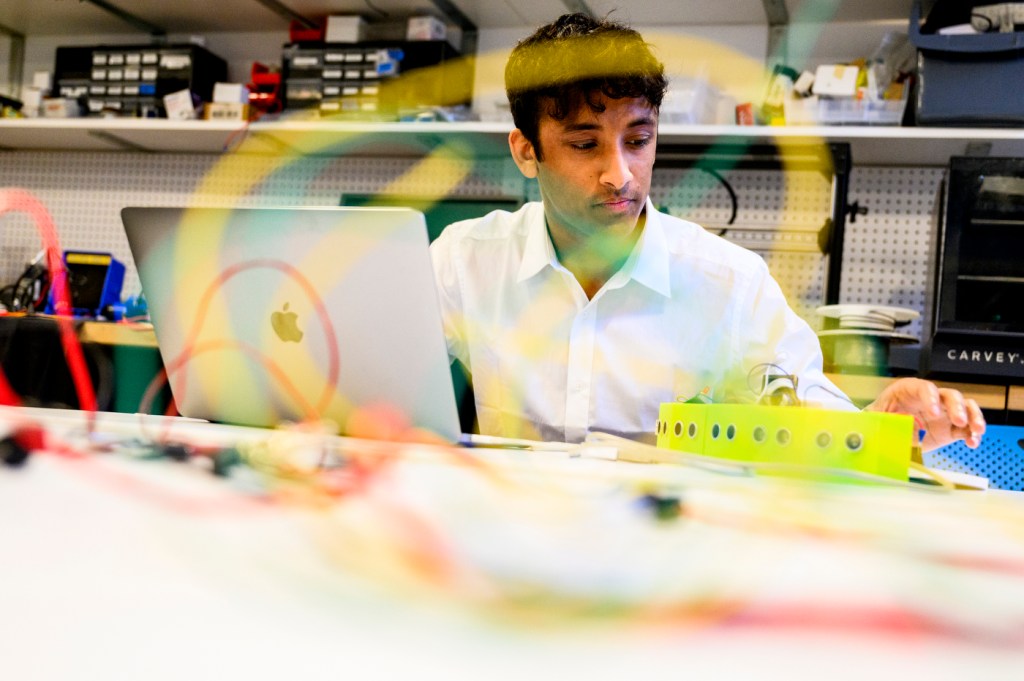
Sarah Connors has multiple sclerosis and limited vision, hearing and mobility. So the hallways, elevator and other residents also using wheelchairs present regular obstacles at The Boston Home where she lives — particularly when they are behind her and she is moving in reverse.
Enter Northeastern University’s Enabling Engineering class and the Haptic Ultrasonic Location Assistant (HULA).
“This system is what best caters to Sarah as our client,” says Alexander Pervizi, a third-year student studying electrical engineering and physics and a member of the team that developed HULA.
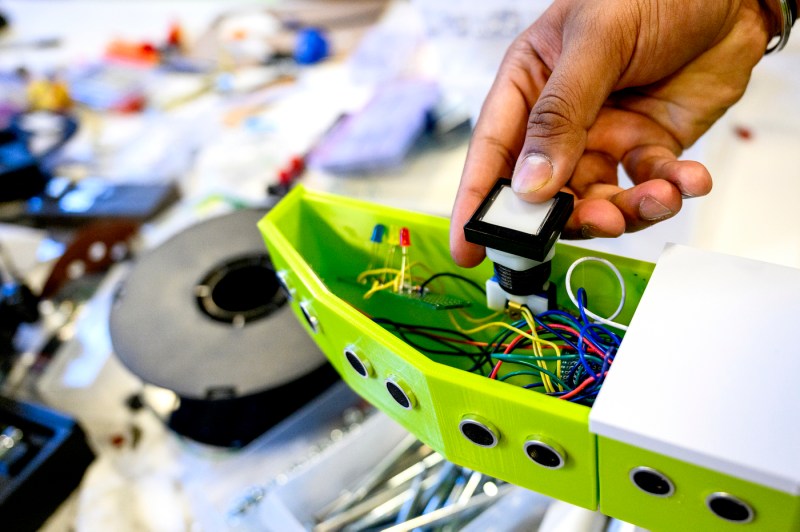

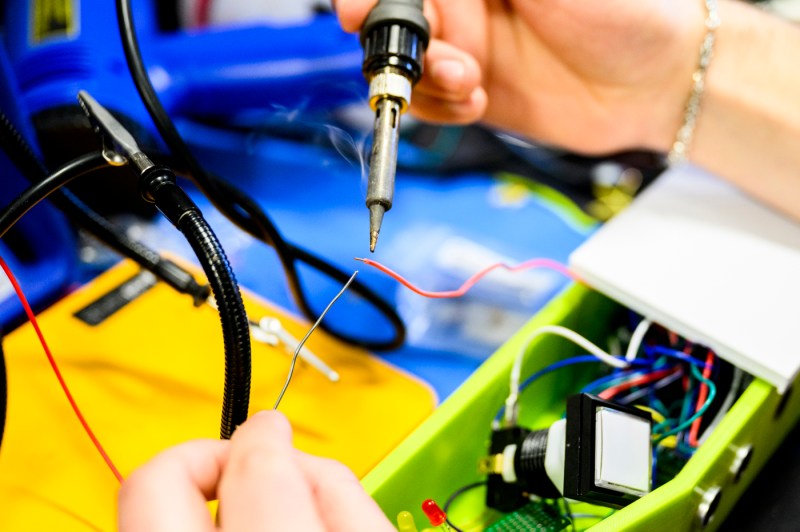

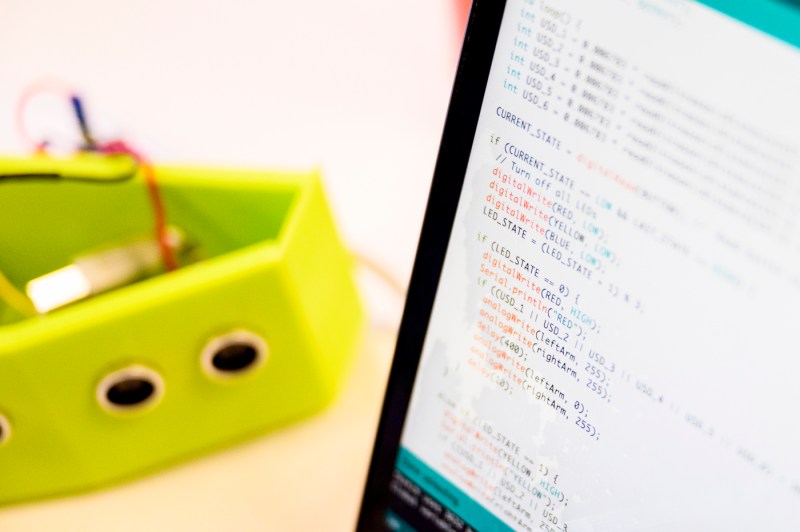
The Enabling Engineering class applies engineering to enable and empower individuals with disabilities. Students can select one of several projects focused on addressing the needs of clients who have a disability, and the students present the projects at the end of the semester.
Pervizi, Charles Caiola, Hari Narayanam and Darsh Jha signed up to help Connors.
Connors lives at The Boston Home, a residence and care center for individuals with advanced multiple sclerosis and other progressive neurological conditions. She and her fellow residents use motorized wheelchairs to get around.
But a rear-sensor system for such wheelchairs can cost up to $10,000. Moreover, these sensor systems can require daily calibration and mainly work using visual or auditory signals when they detect an obstacle, students say.
Featured Posts
“And for Sarah, it would have to be triple the volume and that would just annoy everybody else,” Caiola says.
A better solution was needed.
HULA is the result.
HULA consists of two main parts — a slightly curved bar that attaches to the rear of the wheelchair and sleeves that go on the wheelchair’s armrests.
The bar at the back of the wheelchair contains ultrasonic sensors. These sensors have a 180-degree radius and can be customized by a click of a switch to detect objects within 8, 10 and 12 inches — distances determined after visiting Connors at The Boston Home and seeing the size of the elevator and the hallways that she and her fellow residents use.
The students discussed Connors’ needs directly with her and The Boston Home staff and adapted the design based on their feedback.
“We actually sat in the wheelchair and went around trying this on, and trying the different ranges,” Narayanam says. “We sort of tried and tested those to make sure that it fit in the different settings they wanted.”
When the sensors detect an object while the chair is in reverse, a microcontroller transmits a signal to motors in the foam-insulated, leather-padded sleeves that fit around the arm of the wheelchair. The students use haptic feedback generated from a series of small motors that buzz — similar to the way a phone vibrates when a user receives a notification — to alert Sarah of potential obstacles. She feels the vibrations from the buzzing motors and can respond by slowing or stopping her wheelchair to prevent a collision.
The sleeves can be unplugged and are removable so they can be adjusted to fit Connors’ preferences or be used by others in the facility.
“Durability was a big factor in building this — we wanted to make something that would last for years on end,” Pervizi explains. “We also wanted to make sure it was something she would enjoy. Nobody wants to live their whole life with something attached to them that annoys them.”
The vibrations can also be muted if, for instance, a person is guiding the wheelchair.
Perhaps the best part, however, is the price — it costs $87 to build from scratch.
“This solution not only meets her needs but is scalable to other residents and is producible for under $100,” says Kristy Johnson, an assistant professor in electrical and chemical engineering at Northeastern who co-taught the class with project manager Priyanka Jalan.
Jalan agreed.
“The students truly accomplished the Enabling Engineering mission with this project,” Jalan says. “They bridged a gap and invented an accessible prototype that can be customized to anyone’s requirements.”
Indeed, Connors seemed delighted by the project when she tried it for the first time, according to a video the students shot.

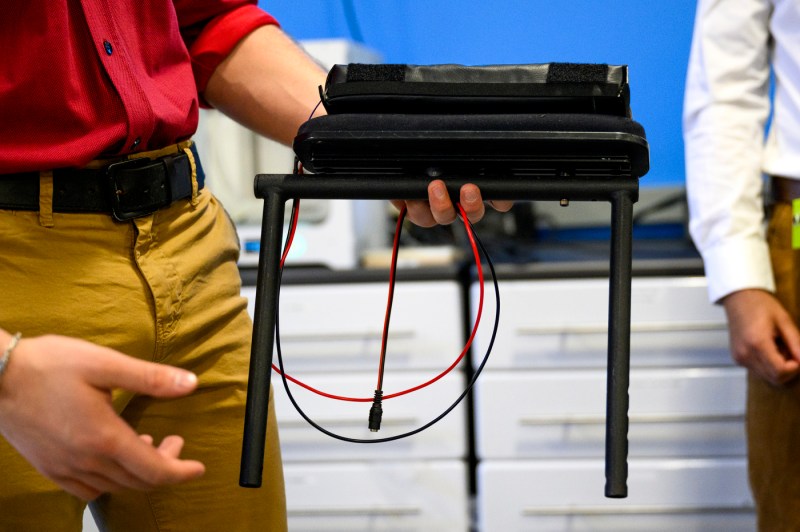
Students say they enjoyed the challenge of a real-world application for their engineering skills.
“This community-service-oriented approach where we can use knowledge in practical engineering and solutions that are practicable and seeing that come into fruition is really exciting,” Narayanam says.
Johnson agreed.
“The beauty of this class is not just that they got to do a really cool project, but that it’s life-changing to a person and potentially many people,” Johnson says. “Seeing technology that was made for them is really empowering for residents who are often limited by what society has available to meet their needs.”











